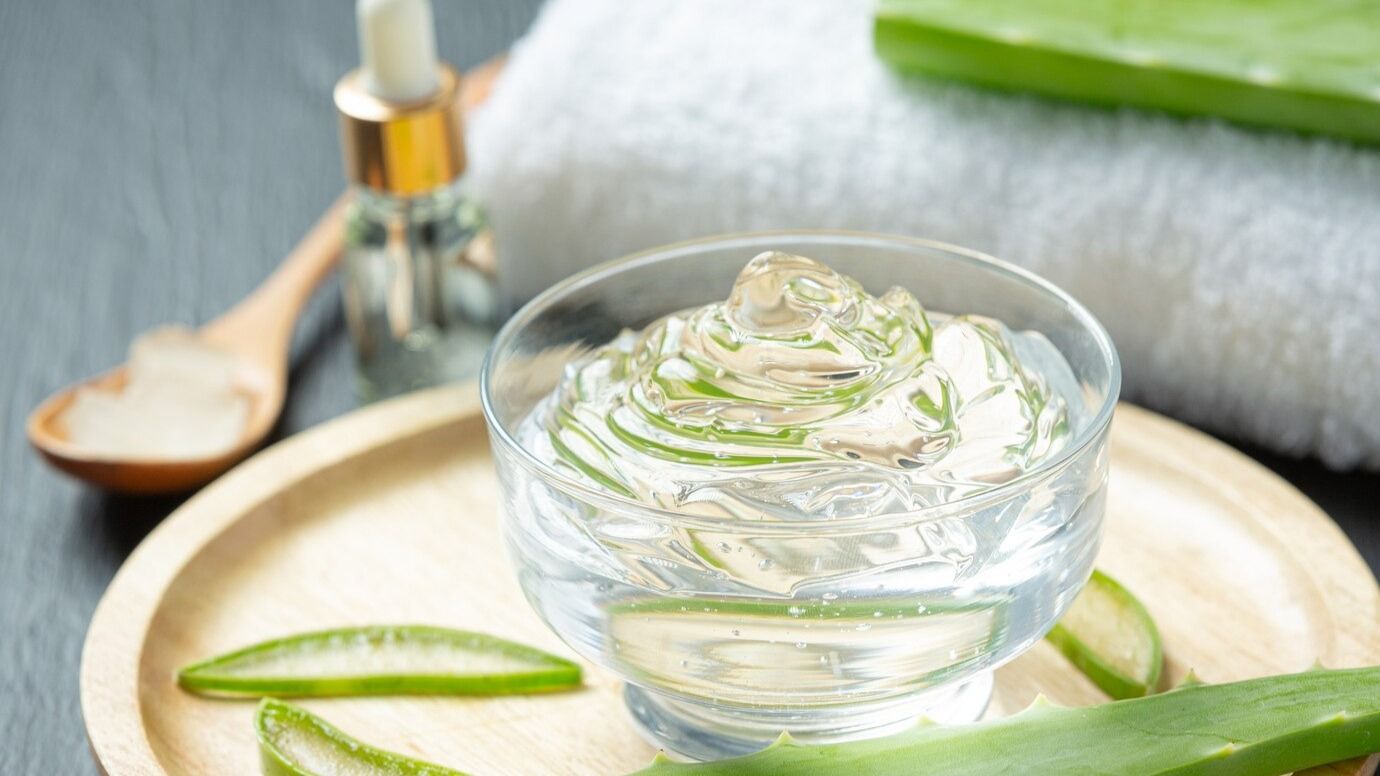When it comes to skincare, natural ingredients like malai (cream) and aloe vera have long been recognized for their beneficial properties. Both offer unique benefits, but choosing the best option depends on your specific skin needs. Here’s a breakdown of how malai and aloe vera compare:
Malai (cream)
Malai, a traditional dairy product, is rich in fats and proteins, making it an excellent moisturizer for dry skin. It is known for its nourishing properties and ability to improve skin texture. The lactic acid in malai helps to gently exfoliate the skin, which promotes a radiant and smooth complexion.
Benefits:
It deeply moisturizes dry skin. It provides a natural glow and improves skin texture. It helps in lightening dark spots and uneven skin tone when used regularly. How to use: Apply a thin layer of malai on your face and neck, leaving it on for 15 to 20 minutes before rinsing it off with lukewarm water. For more benefits, mix it with a pinch of turmeric or honey for enhanced effects.
Aloe vera
Aloe vera is known for its soothing and healing properties. Its gel contains vitamins, minerals, and antioxidants that benefit all skin types, especially sensitive and acne-prone skin. Aloe vera helps reduce inflammation and redness, and can speed up the healing of minor wounds and blemishes.
Benefits:
Soothes irritated or inflamed skin. Hydrates without leaving a greasy feeling, making it suitable for oily or acne-prone skin. Helps reduce dark spots and fine lines with regular use. How to use: Apply fresh aloe vera gel directly from the plant to the skin, allowing it to absorb for 10 to 15 minutes before rinsing. It can also be used as a daily moisturizer or added to your face masks.
Malai is ideal for those looking for intense hydration and a radiant glow, especially for dry or mature skin. Aloe vera, on the other hand, is perfect for soothing irritation, controlling acne, and providing light hydration. Both ingredients can enhance your skincare routine, so consider incorporating them based on your skin’s specific needs.
Disclaimer:
The information contained in this post is for general information purposes only. We make no representations or warranties of any kind, express or implied, about the completeness, accuracy, reliability, suitability or availability with respect to the website or the information, products, services, or related graphics contained on the post for any purpose.
We respect the intellectual property rights of content creators. If you are the owner of any material featured on our website and have concerns about its use, please contact us. We are committed to addressing any copyright issues promptly and will remove any material within 2 days of receiving a request from the rightful owner.

